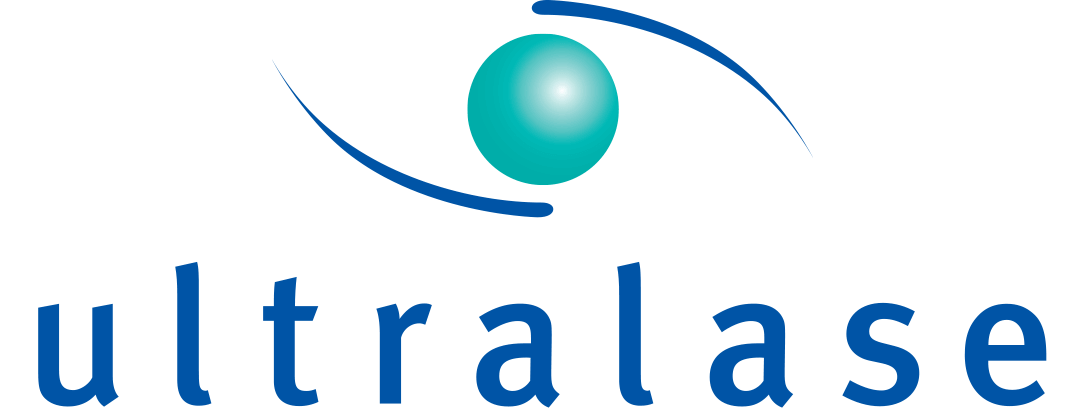Lasik vs Lasek: What’s The Difference?
02 October 2019

As you’ve begun your quest for clear vision, you may have come across a myriad of medical language and terminology that you aren’t overly familiar with.
In the past you may have heard of procedures such as PRK or presbymax but the two laser eye surgery treatments that we focus on is LASEK and LASIK. Yes, they sound very similar but the two procedures couldn’t be more different!
What is Laser Eye Surgery?
Before we begin, it’s important to know exactly what we are dealing with in terms of the overall concept of laser eye surgery.
Put simply, laser eye surgery is the process of reshaping the top layer (the cornea) of your eye in order for the light to refract correctly. Within this, there are two procedures, LASEK and LASIK - how the cornea is opened for the laser is the difference.
What is LASIK?
This treatment has been around for many years and has allowed many people to have clear vision with minimal recovery and invasiveness.

What happens in a LASIK surgery?
During LASIK treatment, you will be placed under the first laser machine that will create a very thin flap from your cornea. The surgeon will then gently lift the flap and you will be placed under the second laser machine, which will correct your prescription.
It is common for both eyes to be treated on the same day.
Because this treatment is minimally invasive, the recovery is quite quick, and you can often be back to work after 24 hours, post- surgery. Many people will notice a difference in their vision a few hours after the procedure, but as we know, not everyone recovers the same and some may see this change over the course of a few days.
If you do not play sports that involve contact or your eyes are not dry (which will be determined by the optometrist), LASIK treatment may be for you.
Benefits of LASIK include:
- The actual procedure itself lasts less than 20 minutes.
- The recovery time is minimal
- You are able to go back to work after 24 hours
What is LASEK?
LASEK is Laser Assisted Sub-Epithelial Keratectomy.
One laser is used within this procedure, and is more suitable if you have a thin cornea, or a condition that may make the procedure trickier to complete.
What happens in a LASEK procedure?
An alcohol based solution is dropped on the surface of your eye to loosen the cells on the surface, called the epithelium. The surgeon gently moves these cells to one side and places you under the laser machine which will then correct your prescription.
Afterwards, the surgeon will then place a protective contact lens on your eye which will be removed 4 or 5 days post treatment. This is to aid healing and prevent any unwanted materials reaching the surface of your eye.
Both eyes are usually treated on the same day and often takes a little while longer to notice a difference in your vision, once the eyes have settled. Recovery may take a few weeks, and you will need sign off from your optometrist when it comes to driving.
Although recovery may take a while longer, the long lasting benefits completely outweigh what may seem a few difficult days at the start - it is a surgery after all!
Benefits of LASEK include:
- You may be better suited to it if you have thinner corneas
- You may be better suited to it if you have a pre-existing medical condition
- If you have a higher short-sight prescription, this may be better for you (myopia)
- The risk of dry eyes is less.
So… what is the difference between LASIK and LASEK?
It’s simple really; the way in which the cornea is opened to allow the laser beam to correct your prescription. All in all, this depends entirely on the current thickness of your cornea, and the optometrist and surgeon will make a decision on which is best for you based on that, amongst other important factors, such as general eye health and your lifestyle.
Both treatments provide the same outcome, and are just as effective as the other, but the professionals who consult you may feel that one is a better alternative for what you need post-surgery.
Back to Blog
